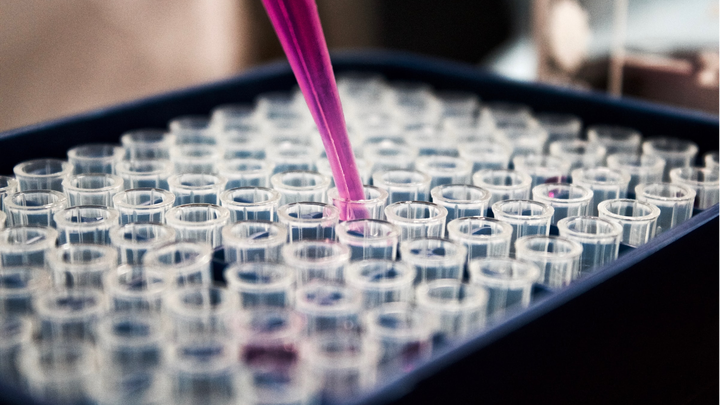High-Throughput Engineering

Our lab is interdisciplinary. This part of our research is developing high-throughput protein engineering assays and applies them. What are high-throughput screens? That’s a matter of debate. Some people already consider 96-well plate screens high-throughput, others think it has to be at least a colony screen with a throughput of hundreds, and yet others think it’s only high-throuhput if it can screen more than thousands variants. Our lab doesn’t care about semantics (we just want to engineer good proteins), but in the end, the bigger – the better. Thus, even if we may still apply 96-well screens if it’s the only option, one of our main goals is to develop screens that have really high-throughput. To that end, we apply and develop e.g. novel display technologies, i.e. screens of protein variants (phenotypes) that are linked to their genotype, which can be easily amplified and read out. This link allows us to compare individual molecules of variants and library variants can therefore be massive (e.g. \(\mathbin{>}10^{9}\) for in vivo display methods like phage display, or \(\mathbin{>}10^{12}\) for in vitro methods like mRNA display). But because all protein display methods have particular shortcomings, we want to develop also completely new display methods. Our lab recently received a significant grant to investigate the feasibility of such a novel screen in combination with defined sequences that were designed computationally.
Display techniques are extremely powerful for engineering protein characteristics, but unfortunately they can’t usually be used to engineer enzymatic activity. Thus, we also develop high-throughput enzyme screens, such as in vivo selections and directed evolution, and compartmentalisation.
Important for our research is that we combine these screens with next-generation sequencing (NGS). If applied extensively and in the right context, NGS can inform us about the success or failure of all the screened variants and thus generate massive datasets. Devising new and clever ways to make sequencing libraries of the highest quality, is therefore another aspect our lab is interested in. Eventually, these datasets are then analysed bioinformatically, and feed back into the design process.
If you have heard of/are interested in these methods, this research project is for you:
- Synthetic DNA libraries
- PCR/RT-PCR/qPCR/ddPCR
- Golden-Gate cloning
- Crispr/Cas9
- Protein Display
- Protein purification
- Illumina sequencing